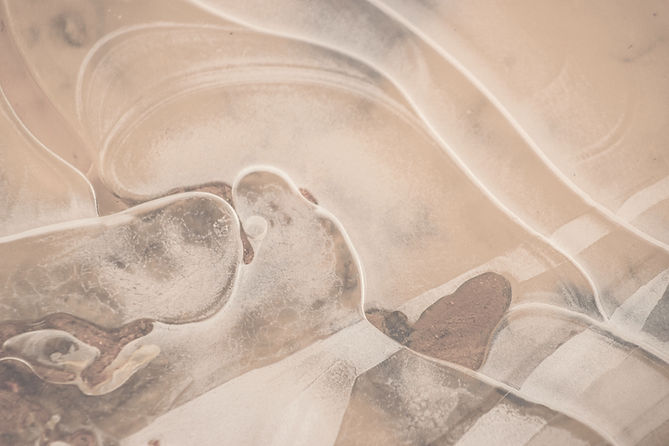TINNIPAX

Our Research
TinniPax is a cutting-edge tinnitus soothing company that utilizes scientific research to develop and customize its' product. We are dedicated to helping those who suffer from tinnitus find relief.

Other references:
1. Stockdale D, McFerran D, Brazier P, et al. An economic evaluation of the healthcare cost of tinnitus management in the UK. BMC Health Serv Res. 2017;17:577.
2. Goldman DR, Holme R. Hearing loss and tinnitus–the hidden healthcare time bomb. Drug Discov Today. 2010;15:253‐255.
3. Tutaj L, Hoare DJ, Sereda M.Combined amplification and sound gen eration for tinnitus: a scoping review. Ear Hear. 2018;39:412‐422.
4. ANSI (American National Standards Institute). Methods for Manual Pure‐Tone Threshold Audiometry. ANSI S3.21‐2004 Melville, NY: Acoustical Society of America. 2004.
5. Mitchell CR, Vernon JA, Creedon TA. Measuring tinnitus pa rameters: loudness, pitch, and maskability. J Am Acad Audiol. 1993;4:139‐151.
6. Schaette R, McAlpine D. Tinnitus with a normal audiogram: physio logical evidence for hidden hearing loss and computational model. J Neurosci. 2011;31:13452‐13457
7. Norena A, Micheyl C, Chéry‐Croze S, Collet L. Psychoacoustic characterization of the tinnitus spectrum: implications for the underlying mechanisms of tinnitus. Audiol Neurootol. 2002;7: 358‐369.
8. Vernon JA, Meikle MB. Tinnitus: clinical measurement. Otolaryngol Clin North Am. 2003;36:293‐305.
9. Lee HM, Kim SH, Jung JH, Oh SJ, Kong SK, Lee IW. Clinical and audiological characteristics of 1000Hz audiometric notch patients. Am J Otolaryngol. 2017;38:521‐525. 10. Kluk K, Moore BC. Dead regions in the cochlea and enhancement of frequency discrimination: Effects of audiogram slope, unilateral versus bilateral loss, and hearing‐aid use. Hear Res. 2006;222:1‐15